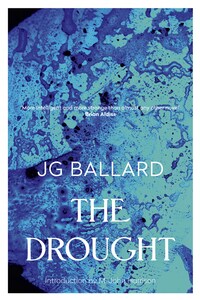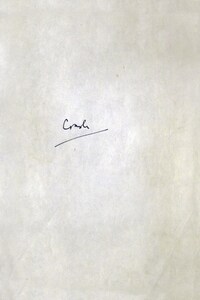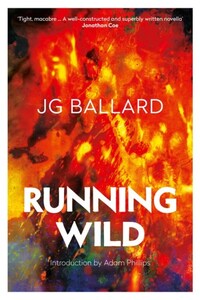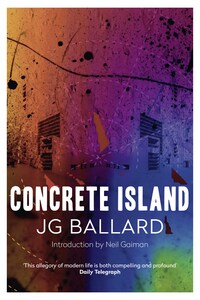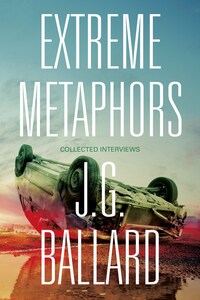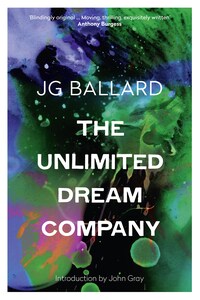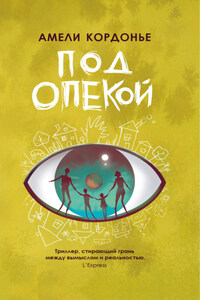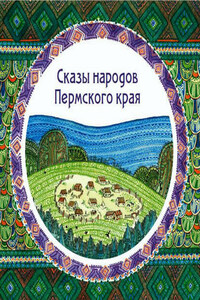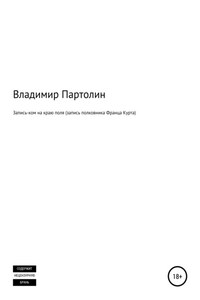Fourth Estate
An imprint of HarperCollinsPublishers 77-85 Fulham Palace Road, Hammersmith, London W6 8JB
4thestate.co.uk
First published in Great Britain by Jonathan Cape in 1965
Copyright © J. G. Ballard 1965
The right of J. G. Ballard to be identified as the author of this work has been asserted by him in accordance with the Copyright, Design and Patents Act 1988.
Introduction copyright © M. John Harrison 2014
‘The Ballard Tradition’ © Will Self 2003
‘Cataclysms and Doom’ © J. G. Ballard 1977
A catalogue record for this book is available from the British Library.
This novel is entirely a work of fiction. The names, characters and incidents portrayed in it are the work of the author’s imagination. Any resemblance to actual persons, living or dead, events or localities is entirely coincidental.
All rights reserved under International and Pan-American Copyright Conventions. By payment of the required fees, you have been granted the non-exclusive, non-transferable right to access and read the text of this e-book on-screen. No part of this text may be reproduced, transmitted, down-loaded, decompiled, reverse engineered, or stored in or introduced into any information storage and retrieval system, in any form or by any means, whether electronic or mechanical, now known or hereinafter invented, without the express written permission of HarperCollins.
Cover by Stanley Donwood.
Image derived from a biological microscope image of salt crystal fragments and bacteria, made by Oliver Peck at the University of Bath.
Source ISBN: 9780586089965
Ebook Edition © October 2009 ISBN: 9780007321834
Version: 2014-07-11
Disaster fiction has as long a history as the anxieties it represents. For the British at the end of World War Two it was retrospectively concerned with loss of empire, loss of status, and, after five years of war, the sense of how quickly a comfortable life could be lost; but it also articulated a fear of further change. The pre-war middle classes were forced to confront new science, new technologies and a new world order. In a dozen or so years their landscape had changed irreversibly.
1951: a not very successful writer called John Wyndham Parkes Lucas Beynon Harris shortened his name, gave up trying to supply the American market with soft-boiled science fiction, and offered an entire generation a way of representing their new condition: after them, he promised, would come the deluge. This turned out to be a popular and curiously comforting narrative. The Day of the Triffids, an account of the defeat of humanity by implacable half-sentient vegetables, allowed a soft approach to the national sense of confusion and grief by expressing it metaphorically. The real decline was mourned in the fictional one, which simultaneously repressed and expressed it. Not everyone, however, saw change as a catastrophe.
In 1943, James Graham Ballard, adolescent son of an English textile chemist employed in the Shanghai International Settlement, had been interned by the Japanese. The Ballard family exchanged a life of comfort and stability – picnics, film premieres and fancy-dress parties – for the half-ruined buildings and barbed wire of the Lunghua Civilian Assembly Centre. Ballard observes in his autobiography Miracles of Life that his parents and their peers seemed to miss only the enormous amounts of alcohol they were used to consuming. In its absence they performed the plays of Noël Coward and ate the maggots in the daily rice. His sister was treated for dysentery. Towards the end of his stay malnutrition left ‘Shanghai Jim’ with skin infections and a prolapsed rectum. Yet he remembers the camp as ‘my last real childhood home, where I would spend the next two and a half largely happy years’. A few acres of rubble, smelling of sewage and ‘shared with a million mosquitoes’, became his site of instruction, its uncertainties in themselves enough of a promise. Years later, a writer in search of a centralising metaphor, he came to view post-war Britain as a similar zone of anxiety and freedom.
